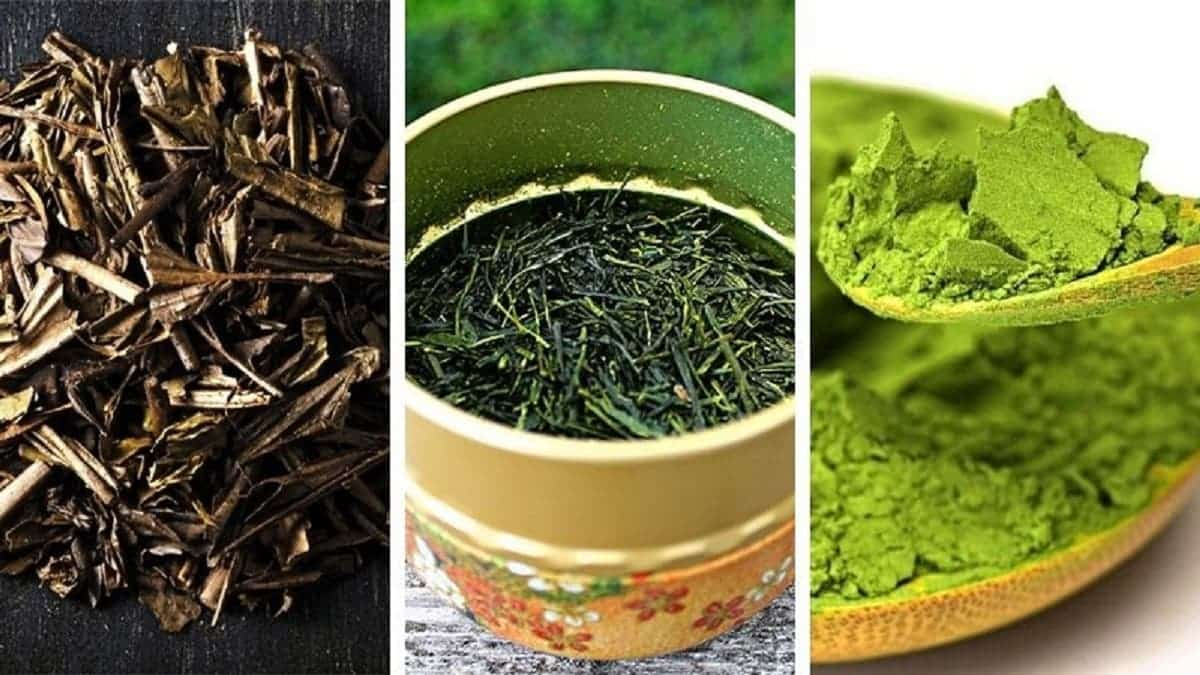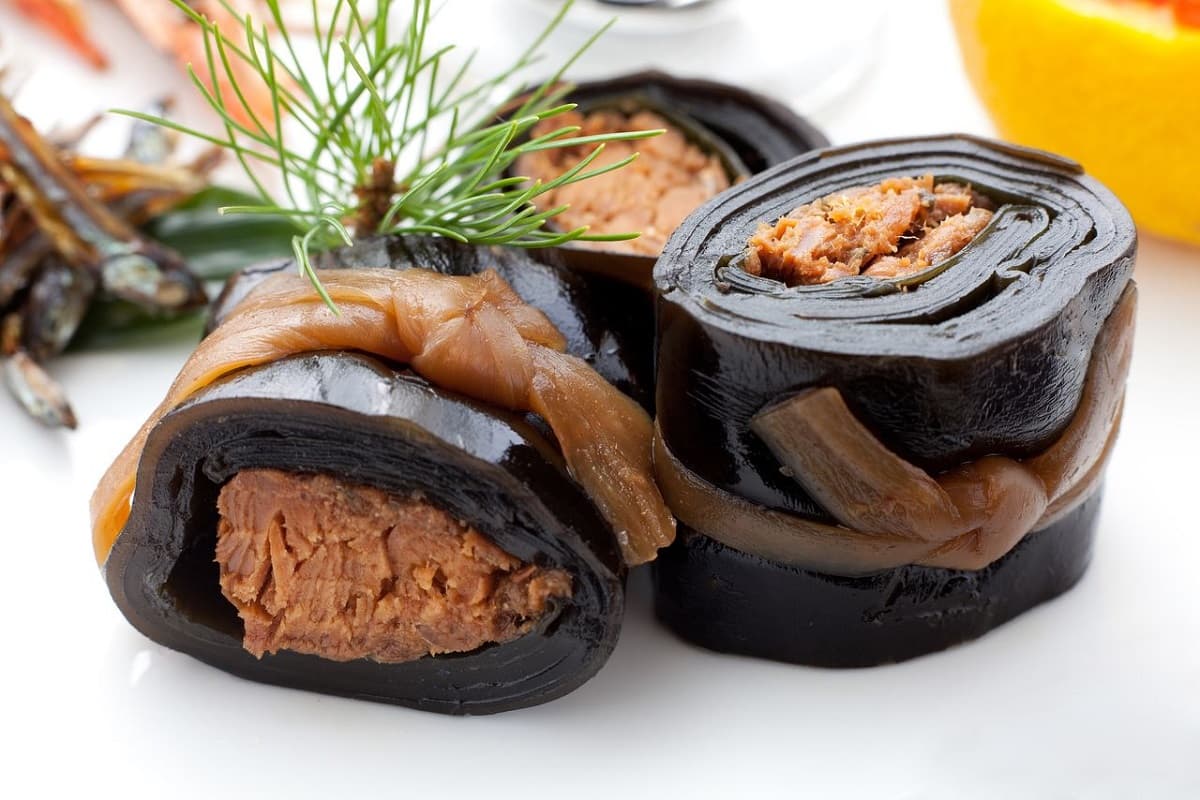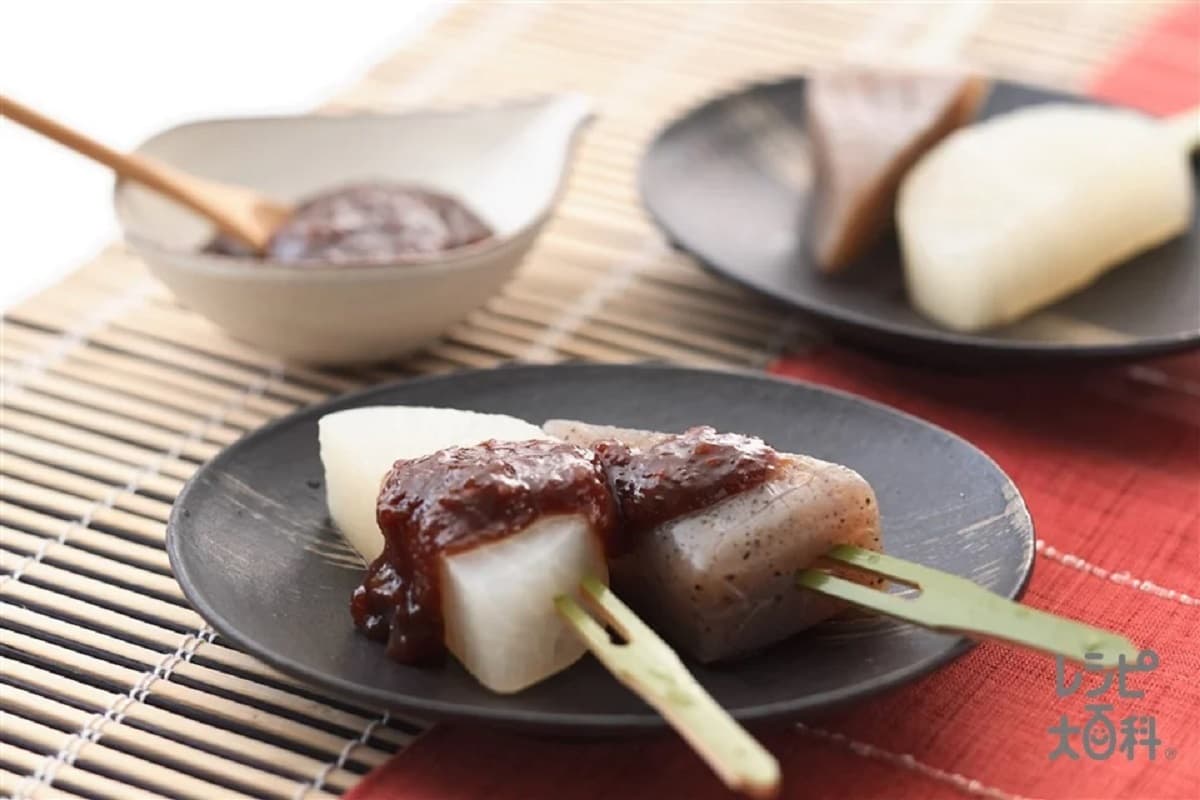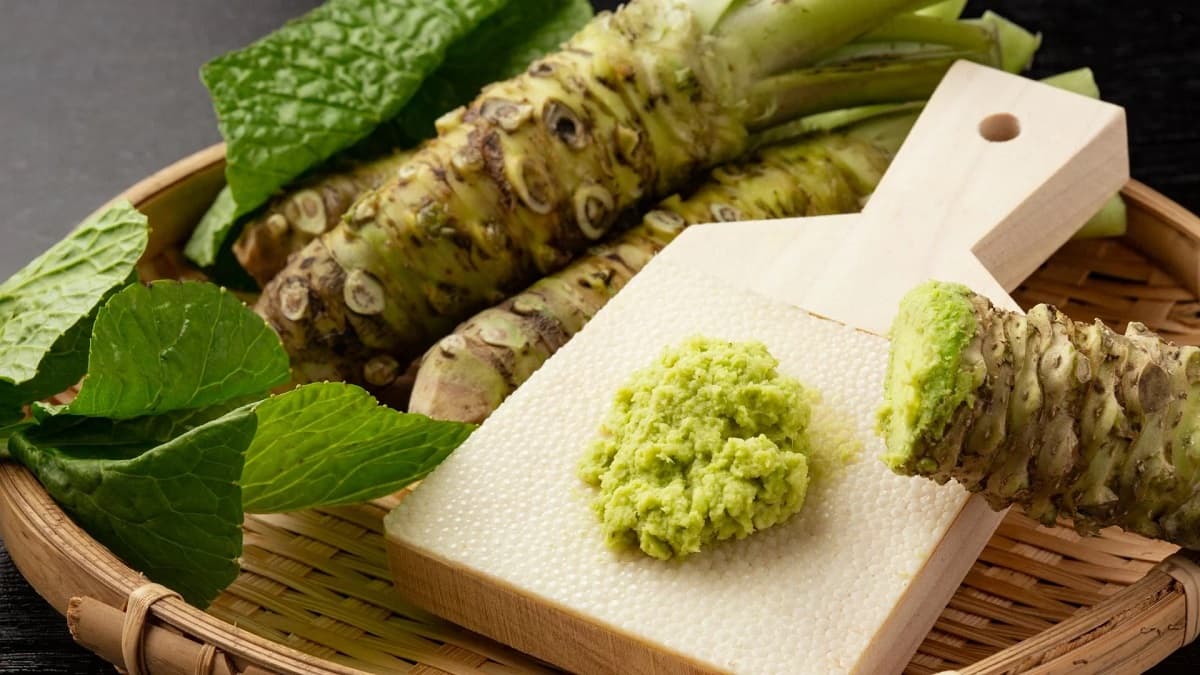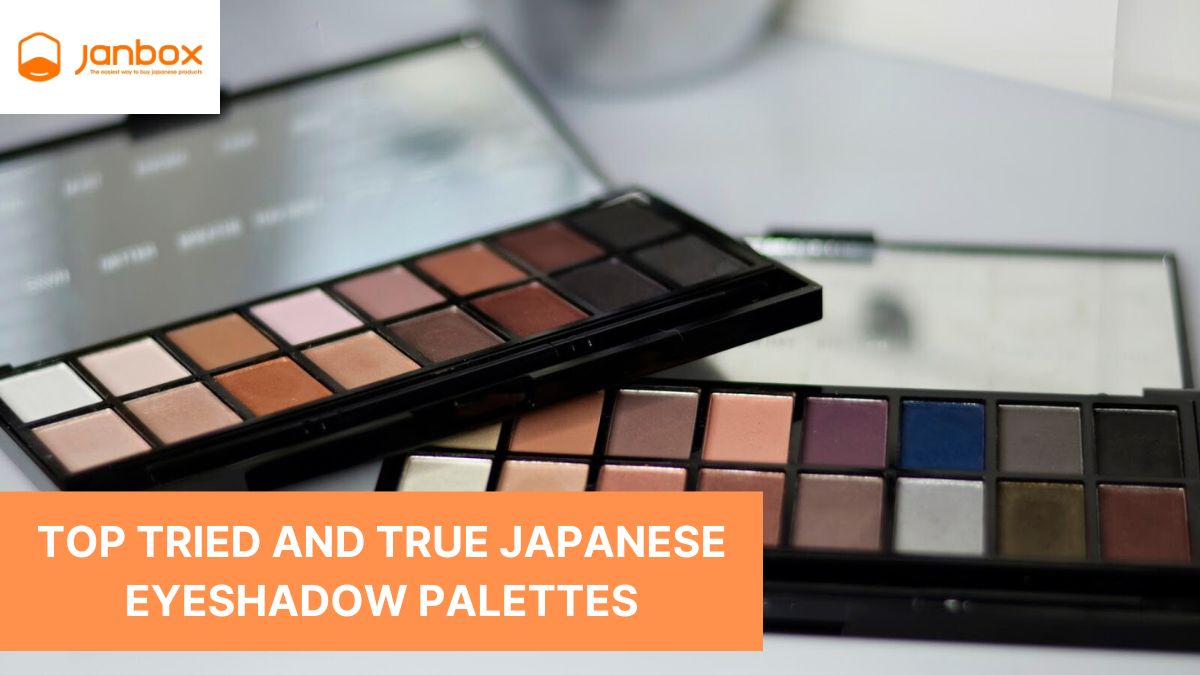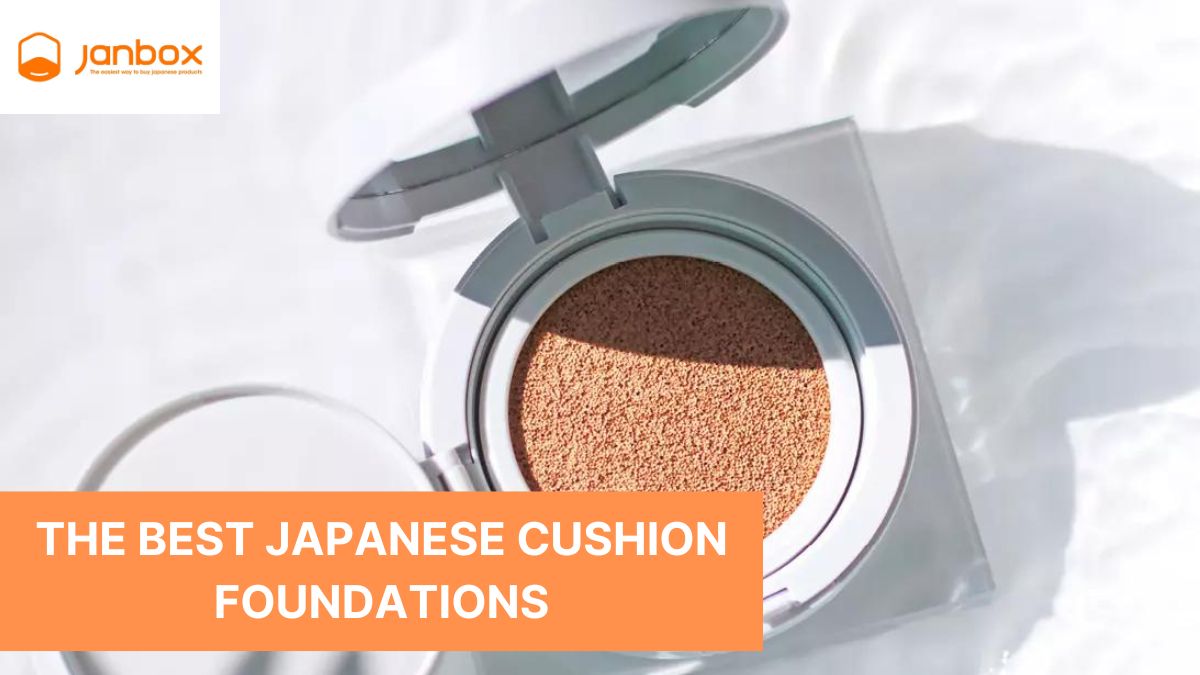Do you know the difference between Hojicha vs Matcha? “I’m afraid we’re out of Matcha at the moment; would you be interested in trying Hojicha instead?”
While matcha has been well-liked in the Americas for some time, hojicha powder is only making its way here. Both Matcha and Hojicha are green teas with Japanese origins, and they have some similarities. In this comparison, we will focus on 4 key distinctions: Color, aroma, flavor and the amount of caffeine containing within each type.
Let’s start with a brief understand of Hojicha vs Matcha and the process of making these two powders.
I. What is Hojicha vs Matcha?
In order to have green tea plants picked, people would dry it to get some shade in the spring. When it’s time to gather the leaves, they are steamed to stop them from turning brown. The leaves are then washed, sorted, and ground into a fine powder, which we recall as matcha.
How about a cup of Hojicha?

The first difference between Hojicha vs Matcha is that Hojicha is often sold as loose leaves, while matcha is sold as a powder. Hojicha is made from green tea leaves like bancha and sencha that have been roasted.
Before you can make tea with Hojicha, you have to roast the leaves. You can make Hojicha tea with either the leaves or the stems. In the market, Hojicha teas made from the stems instead of the leaves can cost a little bit more, yet it is because the taste produced from this part is more tense and enjoyable.
Both matcha and hojicha contain tea leaves that have been steamed to prevent further oxidation and fermentation before being dried. To create matcha, flat, dried tea leaves (Tencha) are stone-ground into a fine green powder.

When creating hojicha, the tea leaves, stems, stalks, or twigs are tightly wrapped and then roasted at a low temperature. Hojicha, like matcha, is great when ground into a fine powder and used in cooking and baking.
II. Color

Ceremonial-grade matcha is very vibrant, a vivid green. When matcha powder is of a poorer quality, its color becomes duller.
Interestingly, although making from green tea, Hojicha has a brown color, not green like most Japanese teas. When comparing Hojicha vs Matcha, the color of hojicha shifts subtly based on a number of factors, including when it was harvested, how long it was roasted, and what types of green tea it grows from.

III. Aroma
True to its green hue, freshly prepared matcha exudes a distinctly vegetal scent. The taste and smell of matcha are more savory and savory than those of regular green tea.
In contrast, some people find Hojicha more approachable because the roasting process lessens the tea’s natural bitterness. The aroma and flavor of Hojicha tea are greatly enhanced by the roasting process. Hojicha has a lovely, earthy scent, and it is a popular tea used as an advertising tool by tea shops. The earthy and smoky notes in hojicha, a roasted green tea, are comforting and almost therapeutic.

>> Read more: Instructions for using Japanese matcha powder properly
IV. Hojicha vs matcha taste
As people always say, regardless of types of tea, hojicha vs matcha health benefits are unbeatable. However, there are totally diverse flavors distinguish each of these teas. Ceremonial grade matcha is slightly sweet with pleasant salty and vegetal overtones, while matcha powder of inferior quality tastes bitter.
Hojicha Powder has a naturally chocolate-like flavor, a smoky aroma, and a hint of cocoa. Hojicha is distinguished from green tea by its lack of bitterness, which is achieved through a high-temperature roasting process of the tea leaves. For this reason, hojicha is the ideal dessert tea.

V. Hojicha vs matcha caffeine
Caffeine content varies widely across different teas, however, without doubt, caffeine levels in matcha are over 20 times higher than in Hojicha. With 100gr powder, Matcha having 3.2 g and Hojicha having only 0.13 g caffeine. This is due to the fact that Hojicha tea is made from caffeine-free tea leaves. Moreover, roasting has the potential to deactivate some of the caffeine in the leaves.
For the usage of Hojicha vs Matcha, matcha is the best to perk up in the morning, while Hojicha is the best way to wind down at night. Lesser grade matcha is usually too bitter to drink on its own and is better suited for use in smoothies or baking, but it is nonetheless widely used as a hot beverage to substitute morning coffee.

Let’s say you’re sensitive to caffeine or trying to cut back on your caffeine consumption, but would want to drink green tea for its health benefits anyway, hojicha green tea is an excellent choice. It can be enjoyed both hot and cold, however it is most often found in baked goods.
VI. Tips for a tasty tea

To make a delicious matcha cup, you need hot water, a strainer, and a bamboo whisk, all of which go into a tea bowl. The key thing to makes each cup different is how you roast the tea. If you use water that’s too hot, it will burn the matcha, giving it a bitter flavor. The bowl is heated by pouring water into it, which is then emptied out. The matcha is then sifted through a strainer into the bowl. In the end, the matcha is dissolved by being whisked briskly until a foam forms on the surface.

As we have mentioned, the powdered form of hojicha is typically seen in baked goods (ie. lattes, chocolates, ice cream, etc.). But, it can also be quickly included into a cup of steaming tea. Similar to how you would make matcha, you may use a tea bowl and some hojicha powder to make a delicious beverage. Depending on the variety of hojicha you choose, you can either whisk it or steep it in a teapot.
>> Read more: The best 10 places to buy Matcha from Japan
Conclusion
After reading this, you should be able to differentiate between Hojicha vs Matcha. However, even though we propose you to make a decision at the beginning, there is no need to pick between Hojicha vs Matcha. When compared to matcha, which is known for promoting calm and concentration, hojicha’s heartwarming and relaxing effects stand out as both distinct and complimentary.
- Website: https://janbox.com.
- Email: [email protected].

